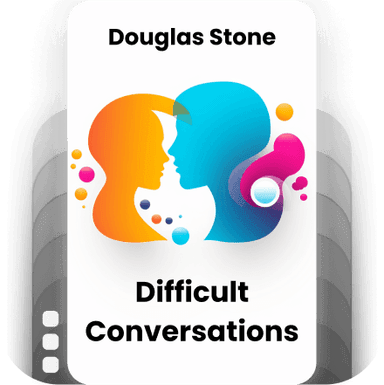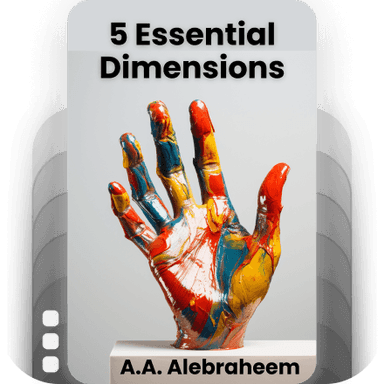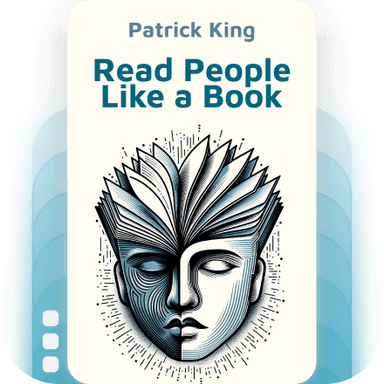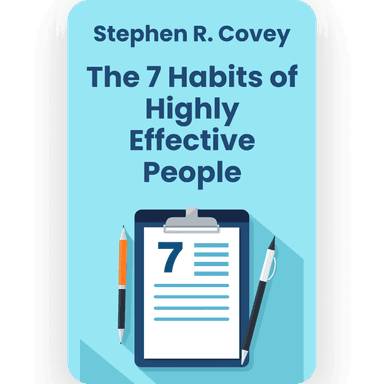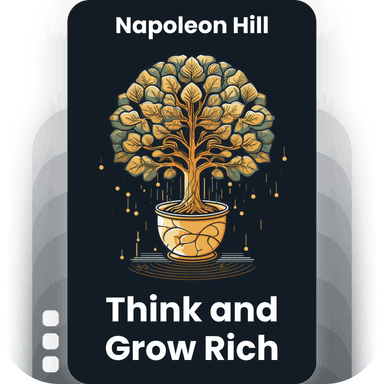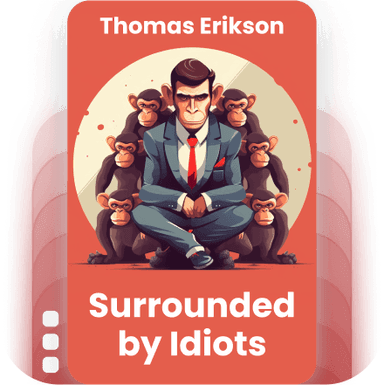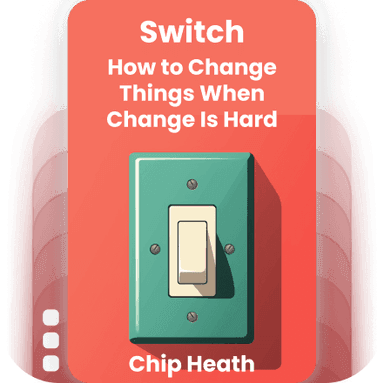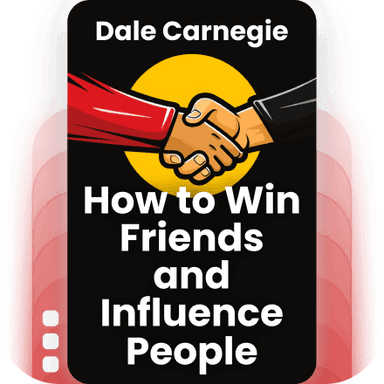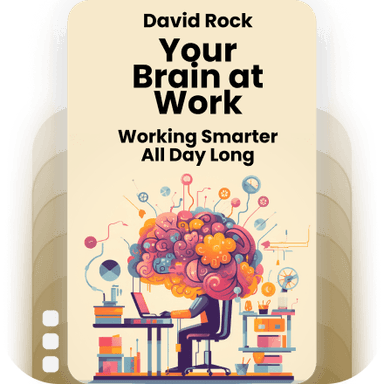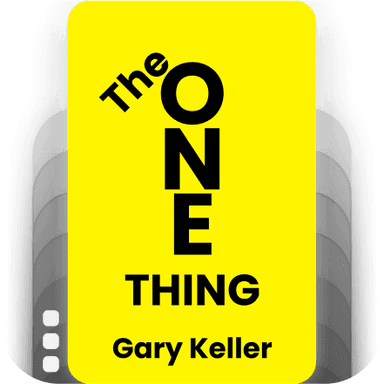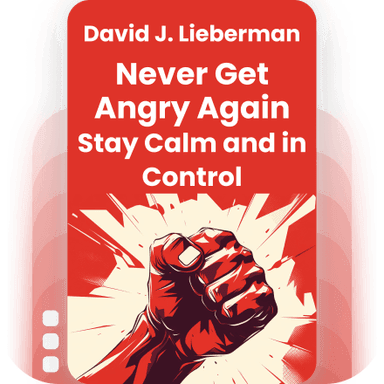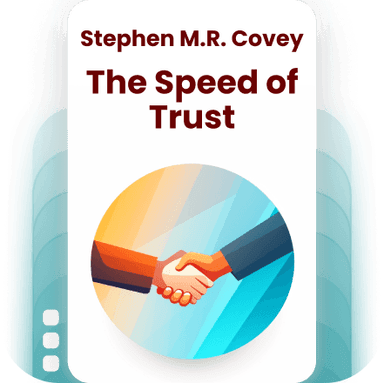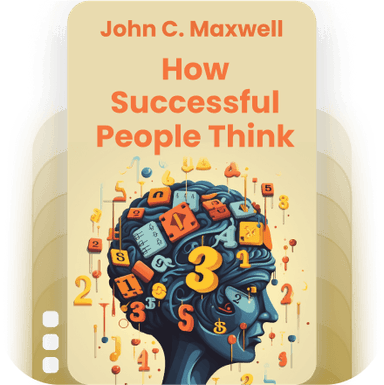
Business Model Generation
Alexander Osterwalder, Yves Pigneur
4.2 - 5 ratings
10
List Points
10
Chapters
5
Topics
Description
This book is a strategic guide designed to help business professionals and entrepreneurs systematically understand, design, and implement innovative business models. It introduces the Business Model Canvas, a powerful visual framework that breaks down the complex structures of businesses into nine essential building blocks: Customer Segments, Value Propositions, Channels, Customer Relationships, Revenue Streams, Key Resources, Key Activities, Key Partnerships, and Cost Structure. Through a collaborative and practical approach, it empowers readers to ideate, visualize, and adapt their business models to meet changing market demands, driving growth and competitive advantage.
What will you learn?
In this book, you'll learn how to systematically understand, design, and implement innovative business models by employing the Business Model Canvas framework. Packed with strategies and tools used by industry leaders, this guide will empower you to map, discuss, and navigate your business ideas effectively. Whether you're an entrepreneur or a corporate strategist, you'll gain valuable insights into creating clear value propositions, optimizing customer relationships, identifying essential resources, and generating sustainable revenue streams, all while fostering a creative and collaborative work environment.
Who’s it for?
• Entrepreneurs seeking to develop and refine their business models.
• Startups looking for innovative ways to structure their businesses.
• Business consultants aiming to provide fresh insights to their clients.
• Corporate executives and managers planning to rejuvenate their company’s strategy.
• Business students wanting to understand practical frameworks and tools for business model design.
Categories
Key Learning
Available chapters to listen for this topic- 1
Introduction to the Business Model Canvas
Learn the fundamental framework and components of the Business Model Canvas, including the nine building blocks that represent a business’s core logic and interrelationships. - 2
Customer Segments
Understand how to identify, categorize, and prioritize different customer groups based on specific needs, characteristics, and behaviors to effectively target and serve them. - 3
Value Propositions
Explore how to create compelling propositions that deliver clear, pain-reliving or gain-creating benefits tailored to your identified customer segments, setting your offering apart from competitors. - 4
Channels
Discover the various means and pathways through which you can deliver your value proposition to customers, including direct and indirect communication, distribution, and sales channels. - 5
Customer Relationships
Study the different types of relationships a company can establish with its customers to enhance engagement, usability, and loyalty, varying from personal assistance to automated services. - 6
Revenue Streams
Analyze the diverse ways a company can earn money from each customer segment, understanding the mechanics of revenue models such as one-time transactions, recurring revenues, leasing, licensing, etc. - 7
Key Resources
Identify and organize the most vital assets required to create, deliver, and capture value, including physical, intellectual, human, and financial resources essential to your business model. - 8
Key Activities
Comprehend the core actions and operational processes necessary to keep your business model functional and efficient, ranging from production and problem-solving to platform/network activities. - 9
Key Partnerships
Examine the critical alliances and partnerships essential for optimizing your business model, risk reduction, resource acquisition, and activity outsourcing to focus on core capabilities. - 10
Cost Structure
Delve into the financial architecture of a business model, learning how to map, manage, and minimize costs through cost-driven and value-driven structures, ensuring sustainable profitability and scalability.


